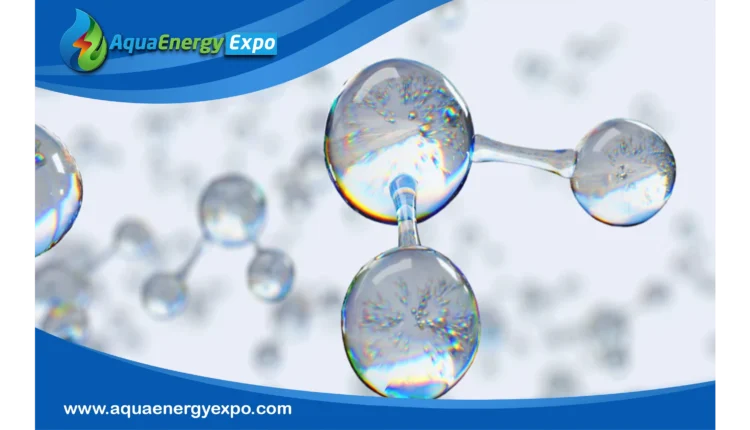The Essentials of Water Reuse: Strategies and Benefits Water reuse is a vital strategy in modern water management, offering a sustainable solution to growing demand and dwindling resources. By treating and repurposing wastewater for non-potable or even potable uses, municipalities and industries can reduce freshwater withdrawal, lower energy consumption, and support environmental protection, all while ensuring water security for future generations. Is Savannah Water Safe to Drink? Savannah’s drinking water undergoes rigorous treatment and testing to meet federal and state safety standards. Drawn primarily from the Floridan aquifer and surface water sources, it is processed through advanced purification systems. While generally safe for consumption, occasional taste or odor issues can occur due to naturally occurring compounds, prompting continuous monitoring and community transparency. Non-Revenue Water: Challenges and Solutions Non-revenue water—water that is produced but not bi...
المشاركات
عرض المشاركات من مايو, 2025
- الحصول على الرابط
- X
- بريد إلكتروني
- التطبيقات الأخرى

Deuterium-Depleted Water: Understanding Its Chemistry, Production, and Health Implications Deuterium-depleted water (DDW) is water with a reduced concentration of deuterium, a stable hydrogen isotope. While regular water contains around 150 ppm of deuterium, DDW typically contains much less. This water is produced using advanced distillation or isotope separation techniques. Scientific interest in DDW has grown due to its potential health benefits, including improved cellular function and anti-cancer properties. However, research is ongoing, and while early results are promising, more clinical studies are needed to confirm its long-term health effects. ?What is Hydraulic Gradient Line The Hydraulic Gradient Line (HGL) represents the elevation to which water would rise in a piezometer connected to a pipeline or open channel. It reflects the pressure head in a system and is a key tool in hydraulic engineering for analyzing fluid flow. When designing water distribution system...
- الحصول على الرابط
- X
- بريد إلكتروني
- التطبيقات الأخرى

?What is the largest river in Turkey Kızılırmak River – The Longest River in Turkey Overview The Kızılırmak River , also known historically as the Halys River , is the longest river that flows entirely within the borders of Turkey . It has played a significant role in the country's geography, agriculture, and history for centuries. Key Characteristics Feature Details Length ~1,355 km (842 miles) Source Near İmranlı in the Sivas Province, Eastern Anatolia Mouth Flows into the Black Sea near Bafra (Samsun Province) Drainage Basin Covers a large central portion of Anatolia Major Tributaries Delice River, Devrez River, Gökırmak Course of the River Source : It originates from the highlands near İmranlı, at an elevation of around 2,000 meters. Central Anatolia : Flows in a wide arc through central Turkey, passing through cities like Kayseri , Nevşehir , and Kırıkkale . Northern Turn : Near Ankara, the river turns northward. Mouth : It empties into the Black Sea near...
- الحصول على الرابط
- X
- بريد إلكتروني
- التطبيقات الأخرى

How to Get Rid of Oil in Water: Effective Techniques for Oil Removal Oil contamination in water is a serious environmental and industrial challenge, affecting ecosystems, water quality, and human health. Whether from oil spills, industrial discharge, or kitchen waste, removing oil from water requires a combination of physical, chemical, and biological techniques. This article explores the most effective methods for oil removal, tailored to various types and scales of contamination. 🔍 Understanding the Problem: Types of Oil in Water Before choosing a treatment method, it's important to understand how oil behaves in water: Free-floating oil (non-emulsified): Forms a visible layer on the water surface (e.g., crude oil spills) Emulsified oil : Tiny droplets suspended in water; harder to remove (e.g., industrial wastewater) Dissolved oil : Oil molecules dissolved in water; requires advanced treatment ⚙️ 1. Physical Methods These techniques are typically used to remov...
- الحصول على الرابط
- X
- بريد إلكتروني
- التطبيقات الأخرى

Sawa Lake Iraq: A Vanishing Wonder Sawa Lake, once a shimmering saltwater lake in Iraq's Muthanna Governorate near the city of Samawah, has vanished entirely—a profound environmental and cultural loss for the region. 🌍 Geographic and Ecological Significance Sawa Lake was an endorheic basin, meaning it had no surface inlet or outlet. It was sustained by underground aquifers, particularly the Dammam aquifer, which fed the lake through karst springs. The lake's waters were notably saline, with salinity levels surpassing those of the ocean, reaching up to 5%. This unique composition supported a specialized ecosystem, including various fish species and over 25 types of migratory and resident birds. The surrounding gypsum formations, rising up to six meters, added to its distinct landscape . 🕊️ Cultural and Religious Importance Beyond its ecological value, Sawa Lake held significant cultural and religious meaning. Local traditions recount that the lake miraculously...
- الحصول على الرابط
- X
- بريد إلكتروني
- التطبيقات الأخرى

Tampa Desalination Plant: A Sustainable Solution for Clean Drinking Water As global water scarcity continues to challenge urban centers, innovative technologies like desalination are becoming increasingly vital. One pioneering example is the Tampa Bay Seawater Desalination Plant in Florida, USA — the first large-scale desalination facility of its kind in the country. This plant represents a sustainable step forward in providing clean drinking water while reducing dependence on traditional freshwater sources. Meeting the Demand for Water Tampa Bay, with its growing population and limited freshwater sources, faced mounting pressure to diversify its water supply. In response, the Tampa Bay Water Authority launched the desalination project in the early 2000s. The plant began full operation in 2007 and can produce up to 25 million gallons (approx. 95 million liters) of drinking water per day, enough to serve over 10% of the region’s demand . How It Works The plant uses revers...